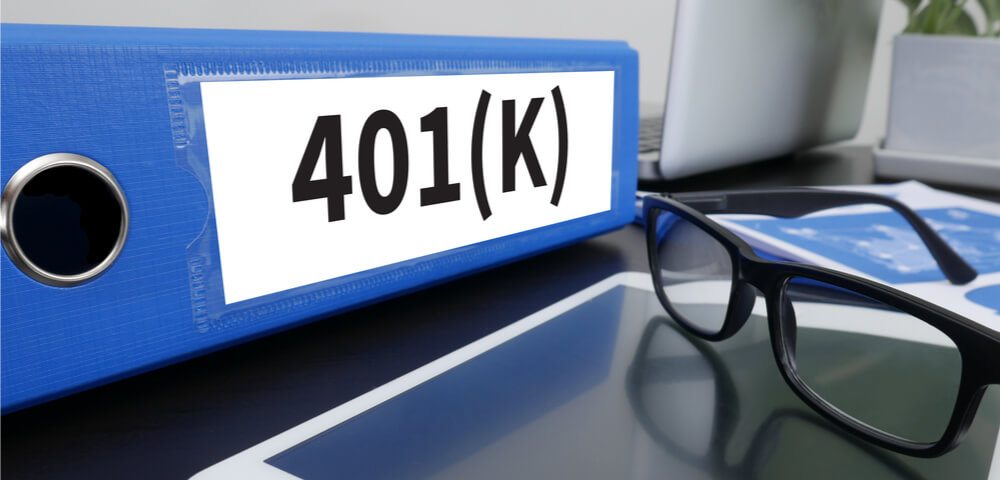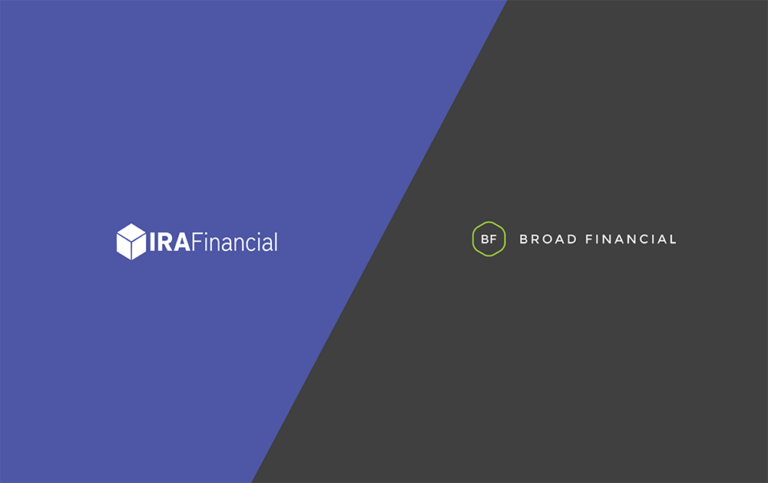Technically, you can use your 401(k) to buy a house! Generally, there are two options when using a 401(k) to buy a house: taking a loan (if the plan allows them) or taking a distributions from the plan. Be aware that withdrawals may be limited and they can come with penalties and taxes. This article covers the rules, methods and the pros and cons of using your 401(k) for home buying.
Key Takeaways
- You can use a 401(k) to buy a house but it’s subject to specific rules and penalties especially for early withdrawals.
- Homebuyers can access their 401(k) through loans or direct withdrawals, each with different tax implications, retirement savings and financial penalties.
- First time homebuyers have special provisions that allow up to $10,000 in penalty free withdrawals from both 401(k) and 401(k) and IRA accounts, so go ahead and plan your finances and first-time homebuyers.
Rules for Using a 401(k) to Buy a House
You can use a 401(k) to buy a house but knowing the rules will help you avoid costly mistakes. Both traditional (including Solo 401(k) plans) and Roth 401(k) plans offer options for home buying, each with its own set of rules. For example, withdrawing from a traditional plan before age 59 ½ incurs a 10% penalty and income taxes on the amount withdrawn. Early withdrawals from a Roth 401(k) can also result to taxes and penalties on earnings if the withdrawal is not qualified.
Taxes and penalty fees are big considerations when withdrawing from any retirement plan. The financial impact can be huge, diminishing the overall benefit of using retirement savings for a home purchase. Evaluate these implications before you proceed.
Further, accessing 401(k) funds can affect your retirement account, retirement savings, and future financial security at retirement age. Knowing these rules and their consequences will guide you in making an informed decision to use a 401(k) to purchase a house.
It’s not just about accessing the funds but also considering the long term impact on your retirement planning. Now, let’s explore the methods available for using your 401(k) to buy a house.
Methods to Use Your 401(k) for a Home Purchase
The most common methods to use your 401(k) for a home purchase is the loan or direct withdrawal. Each has its own rules, benefits and drawbacks that you need to consider.
A 401(k) loan allows you to borrow from your retirement savings and pay yourself back with interest usually within a certain period. A direct withdrawal may be subject to big tax implications and penalties depending on your age and the specifics of your plan.
Consider IRAs, FHA loans or VA loans which may have more favorable loan terms before deciding on either option.
401(k) Loan
A 401(k) loan allows you to borrow from your retirement savings and pay yourself back with interest. This option is appealing as it avoids tax penalties for early withdrawals. You can borrow up to 50% of your vested balance or $50,000, whichever is lower. Repayment follows a schedule set by the provider but generally, you will have up to five years to repay the loan at a reasonable rate (usually, Prime Rate + 1%) and payments must be less than quarterly.
Although borrowing from your 401(k) avoids penalties, it has its challenges. For example, you might not be able to make new contributions to your retirement plan during the loan period which may impact your long term growth and retirement planning. Of course, the “leakage” that occurs with a loan is not insignificant. Remember, any funds that are not kept in the plan will not be earning for you.

Also, if you leave your job before repaying the loan, the outstanding balance is treated as a taxable distribution, triggering big tax liabilities and penalties which you may want to avoid paying.
Direct Withdrawal
A direct withdrawal from your 401(k) for home buying is usually done through a hardship withdrawal which requires proving immediate financial need. This method can result to big financial penalties especially if you’re under 59 ½ including a 10% penalty charge plus income tax.
But making a hardship withdrawal means permanently removing money from your account with no repayment required. This has long term financial consequences as it reduces the amount of money that can grow for your retirement, taking money away from your future. Weigh these factors carefully before you proceed with an outright withdrawal.
Also keep in mind, you cannot remove any other 401(k) funds from a plan in which you are actively participating in. A plan triggering event must occur to remove funds from a 401(k) plan. Essentially, if you leave your job, you can distribute the plan funds.
Taxes and Penalties
Taxes and penalties are big when you withdraw from a 401(k) before retirement. Typically it’s a 10% penalty plus income tax. For example, early withdrawals from a traditional 401(k) that don’t meet exemption requirements incur this 10% penalty and is treated as taxable income when withdrawn early.
If you take a 401(k) loan and don’t repay it, the outstanding balance is treated as a taxable distribution, resulting to bigger tax liabilities. Leaving your job before repaying the loan converts the remaining balance into a withdrawal, incurring income tax and 10% penalty. Hardship withdrawals also have tax implications as the withdrawn amount is treated as taxable income, though you may avoid the 10% penalty in certain instances.
Understanding these tax implications is key to making an informed decision and avoiding surprise financial burdens.
How Much Can You Withdraw or Borrow?
When considering how much you can withdraw or borrow from your 401(k), there are specific limits. You can borrow up to $50,000 or 50% of your vested balance whichever is lower. For example, if your account balance is $40,000 you can borrow up to $20,000. If your balance is $160,000 the maximum loan amount would be $50,000.
The minimum amount you can access through a loan from your 401(k) is usually $10,000. These limits are in place to prevent you from depleting your retirement savings too much but it’s important to consider the long term impact on your retirement funds.
Book a free call with a self-directed retirement specialist
- Review your self-directed retirement options
- Learn about investing in alternative assets
- Get all of your questions answered
First Time Homebuyers
First time homebuyers can withdraw up to $10,000 from a 401(k) for a home purchase without penalty. To qualify, you must not have owned a home in the last two years.
Also the penalty-free withdrawal limit from an IRA for first time homebuyers is also $10,000, which is a lifetime limit, not annual. These exceptions can help first time buyers access the funds needed for down payment and closing costs and get a foot in the door in the housing market.
Pros and Cons of Using Your 401(k) to Buy a House
Using your 401(k) to buy a house can provide quick financing without a credit check which is good in a competitive market. Plus, funds can be in your hands within a few days. You can even increase the interest rate of the loan, which will allow you to contribute more back into your 401(k) plan. But this decision requires careful consideration. While it can help you own a home, it also has long term implications for your primary residence and retirement plans.
The downsides include taxes, penalties and negative impact on your retirement savings. If you can’t repay a 401(k) loan it can reduce your retirement funds and incur penalties. Further, your plan may not allow contribute to the plan while you have an outstanding loan balance. You must weigh whether using your 401(k) will help you secure a home or risk your future savings.
Alternatives to Using a 401(k) for Home Buying
Exploring other funding options may be more financially beneficial than tapping into your retirement savings. Financial advisors can offer investment advice, strategies for saving a down payment and improving your credit score to qualify for better mortgage rates. An emergency fund is also important when buying a home and advisors can help you establish and maintain your financial situation.
Considering other funding options can lead to better financial health and security for homebuyers. Options like IRAs, FHA loans, VA loans, down payment assistance programs, payment options and low down payment options can provide the funds without compromising your retirement savings.
IRA Accounts
As mentioned earlier, first time homebuyers can withdraw up to $10,000 from an IRA without penalty. This is a lifetime limit not annual limit and to qualify you must not have owned a home in the last two years.
Contributions to a Roth IRA can be withdrawn for a home purchase without penalty but less money will grow for retirement. When withdrawing from a traditional IRA you must use the funds within 120 days. This is necessary to qualify for the penalty exemption.
Low-Down-Payment Loans
FHA loans require a minimum down payment of 3.5% of the purchase price making them an attractive option for many buyers. Depending on the borrower’s credit score this FHA loan can be a way to secure a home with low down payment requirements and low initial investment.
However FHA loans also require mortgage insurance premiums (MIP) which adds to the overall cost of the loan. Conventional loans backed by Fannie Mae and Freddie Mac can also require a down payment as low as 3%.VA loans allow veterans to buy a home with no down payment which is a big financial advantage. These loans also eliminate the requirement for private mortgage insurance (PMI) which burdens most homebuyers.
VA loans are backed by the Department of Veterans Affairs and eligibility includes service members who have served 90 consecutive days of active duty.
Down Payment Assistance Programs
Down payment assistance programs provide various types of assistance including grants, low interest loans and forgivable second mortgages. Many programs provide non-repayable grants to help eligible buyers with their home purchase.
Check with your state’s housing authority or a loan officer to find available down payment assistance programs. These programs are often compatible with other types of loans making them a valuable resource for homebuyers.
Steps to Take if You Decide to Use Your 401(k)

To use your 401(k) for a home purchase you must commit to the process. Submit a request to your employer’s benefits provider to initiate a 401(k) loan or withdrawal; the approval process may take a week or two, depending on your provider.
Consult with a financial advisor to see how much home you can afford without compromising other financial goals. They can also help you create a budget that includes mortgage payments and other living expenses.
Seeking Professional Advice
Contacting financial professionals is important when considering using your 401(k) for home purchases. Experts can help you understand the risks and benefits, explore financing options and provide personalized advice.
Before using your 401(k) for a home purchase make sure to consider all your options. Choose the best for your future. If you’re ensure, schedule a call with one of our experts to make sure you understand the benefits (and risks) of using retirement plans to purchase a house.
Can You Use Your 401(k) to Buy a House?
Yes, you can use your 401(k) to buy a house—but it comes with important caveats. There are two main ways to access your retirement funds for a home purchase: taking a 401(k) loan or making a direct withdrawal. Each option has significant financial implications.
- 401(k) Loans let you borrow up to $50,000 or 50% of your vested balance (whichever is less), and you repay yourself with interest. This avoids penalties, but reduces your retirement savings and could trigger taxes if not repaid—especially if you leave your job.
- Direct Withdrawals, including hardship withdrawals, may result in income tax and a 10% early withdrawal penalty unless you meet certain exceptions, like the $10,000 exemption for first-time homebuyers.
Alternatives like IRAs, FHA/VA loans, and down payment assistance programs may offer more favorable terms without jeopardizing your retirement security.
Conclusion
Using your 401(k) to buy a home can be a helpful short-term solution, but it may come at a long-term cost to your retirement. Understanding the rules, tax implications, and alternatives is essential before tapping into your nest egg. Whether you’re a first-time buyer or considering a strategic move, consulting a financial advisor can help you make the best decision for your overall financial health.
“Don’t mortgage your future to fund your present—make financial choices today that your future self will thank you for.”
Frequently Asked Questions
Can I use my 401(k) to buy a house without penalties?
You can use your 401(k) to buy a house but early withdrawals usually attract a 10% penalty and income taxes unless you meet certain exceptions like being a first time home buyer. So make sure to explore all options and understand the costs involved.
What are the benefits of using a 401(k) to buy a house?
Using a 401(k) to buy a house allows you to access funds without penalties and repay the loan to yourself. But be aware that it may restrict new contributions and impact your long term retirement strategy.
How much can I withdraw or borrow from my 401(k) for a home purchase?
You can borrow up to 50% of your vested 401(k) balance or $50,000 whichever is lower. Consider this limit when planning for your home purchase.
Are there any special considerations for first time homebuyers using a 401(k)?
First time homebuyers should know that they can withdraw up to $10,000 from their 401(k) for a home purchase without penalty if they have not owned a home in the last two years.
What are the alternatives to using a 401(k) to buy a house?
You can consider using IRA funds, low down payment loans like FHA and VA loans and down payment assistance programs for financial help. These options can be a path to home ownership without relying on 401(k).



